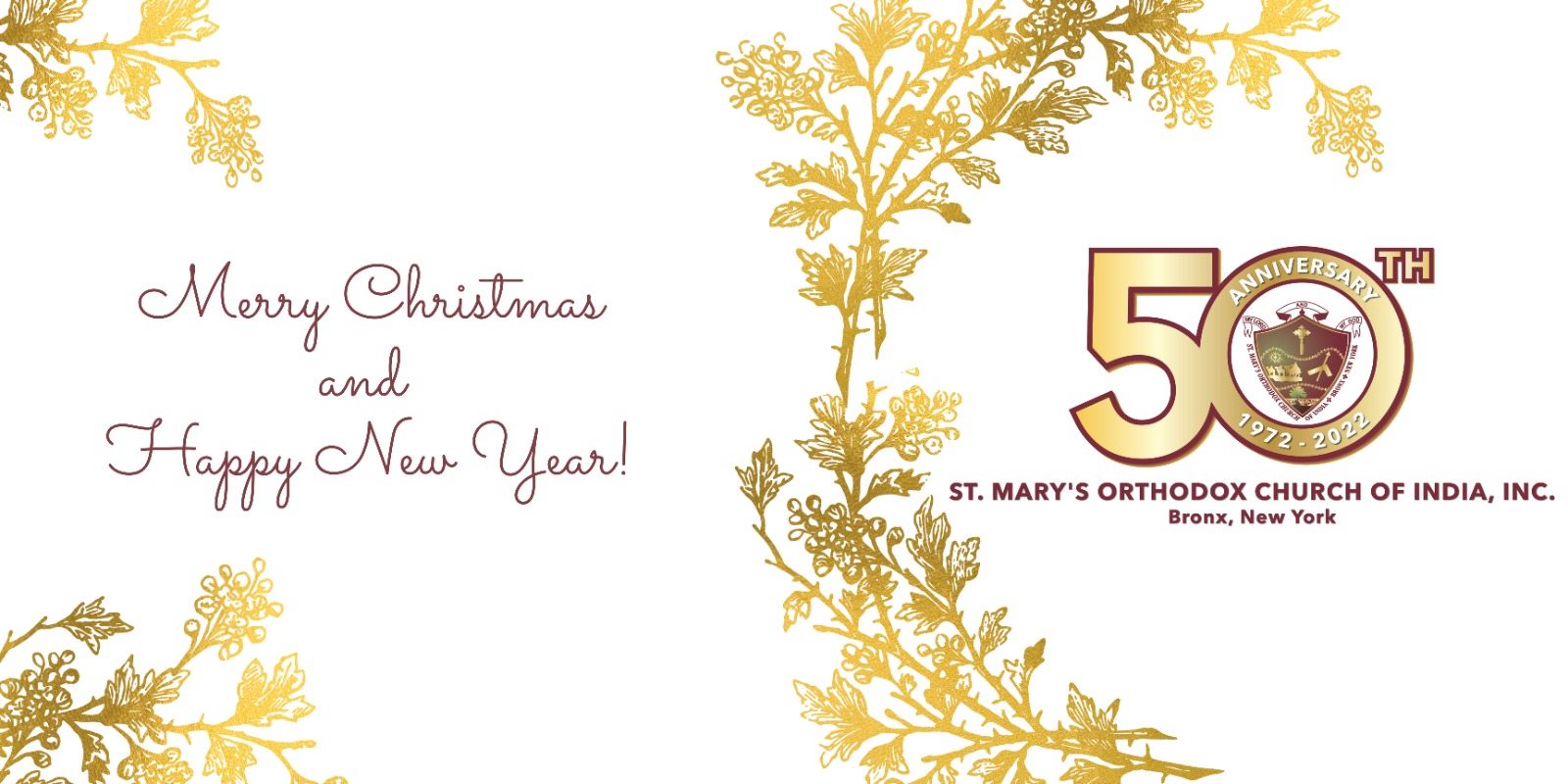Malankara Orthodox Church
A Brief Historical Sketch
The Malankara Christians, known by the name ‘Nazranees’ were held in high respect by the rulers of Kerala and copper plate characters were given to them bestowing upon them high honors and privileges. As successors of the prelates appointed by St. Thomas failed in the course of time, Arch Deacons of the local Church administered the Church from 345 till 1653. The Persian Catholicos had spiritual supervision over the Church from the early centuries. At the invitation of the Malankara Church, Metropolitan under the Persian Catholicos visited Malankara from time to time to meet the spiritual need of the Church.
In the year 345 A.D., a band of 400 Christians including a Bishop and Clergymen, headed by a wealthy merchant by the name of Thomas of Cana, emigrated from the Middle East and came to the Malabar Coast and settled down at Cranganore. In the 9th century there was another colonization at Quilon of Persian Christians including Bishops and Priests headed by another merchant named Saphor Iso.
In the sixteenth century, there was an attempt on the part of the Roman Catholic Arch Bishop Menezes of Goa to subjugate the Malankara Orthodox Church and to bring it under the supremacy of the Pope of Rome with the support of the Portuguese. For a period of fifty-five years from 1599, the supremacy of the Roman Pope was forced upon the Church. But in 1653, the representatives of the various parishes assembled at Mattancherry, near Cochin and took a solemn oath, renouncing all allegiance to the Pope. This oath is commonly known as ‘Kunan Cross Oath’. Arch Deacon Thomas, who was the then head of the Church, was ordained as Mar Thoma I, Metropolitan of Malankara. The Church continued to be independent ever since. There was a succession of nine metropolitans under the name of Mar Thomas. From the middle of Seventeenth century, the Church got connected with the Metropolitans under the sway of the Syrian Patriarch of Antioch.
As the Persian Catholicate was gradually declining and the throne of the Catholicose was vacant for a pretty long period, the Catholicate was revived and installed in Malankara in the year 1912 with the cooperation of Adbul Messiah, Syrian Patriarch of Antioch.
The present head of the Church, His Holiness Catholicos Baselios Marthoma Didymus I is the current head of the Indian Malankara Orthodox Church, and he is the 90th successor of St. Thomas on his Apostolic Throne.
More about the Church
The chief primate of the Indian Orthodox Church is called “the Catholicos of the East, Catholicos of the Apostolic throne of St. Thomas, and the Malankara Metropolitan”: two titles with separate responsibilities, but always held by the same individual in accordance with the constitution of the Church adopted in 1934.
As Catholicos of the East, he consecrates bishops for the Indian Orthodox Church, presides over the synod, declares and implements its decisions, conducts the administration on behalf of the synod, and consecrates the Holy Moroon (oil).
As Malankara Metropolitan, he is the head of the Malankara Archdiocese, the President of the Malankara Syrian Christian Association and the Managing Committee. The prime jurisdiction regarding the temporal, ecclesiastical, and spiritual administration of the Indian Orthodox Church is vested in the Malankara Metropolitan subject to the provisions of the Church constitution adopted in 1934.
Please note: The information within the “More about the Church” section above was taken directly from Wikipedia and does not reflect the views of St. Mary’s Orthodox Church of India, Bronx, New York.

Social Network
Connect with us on the following social media platforms.